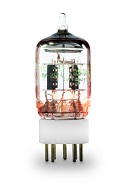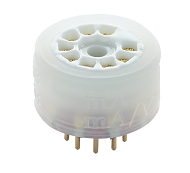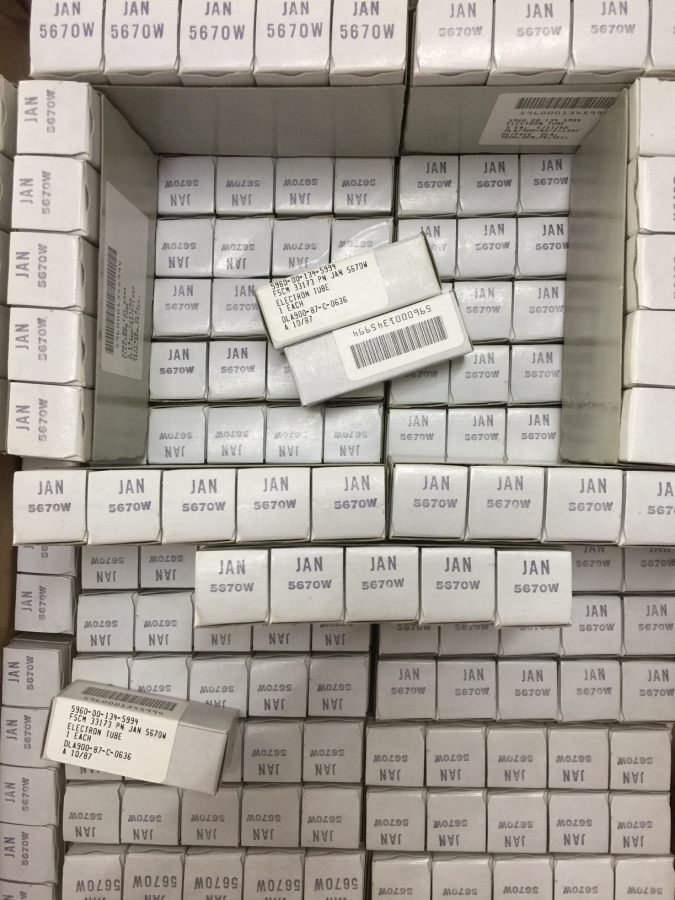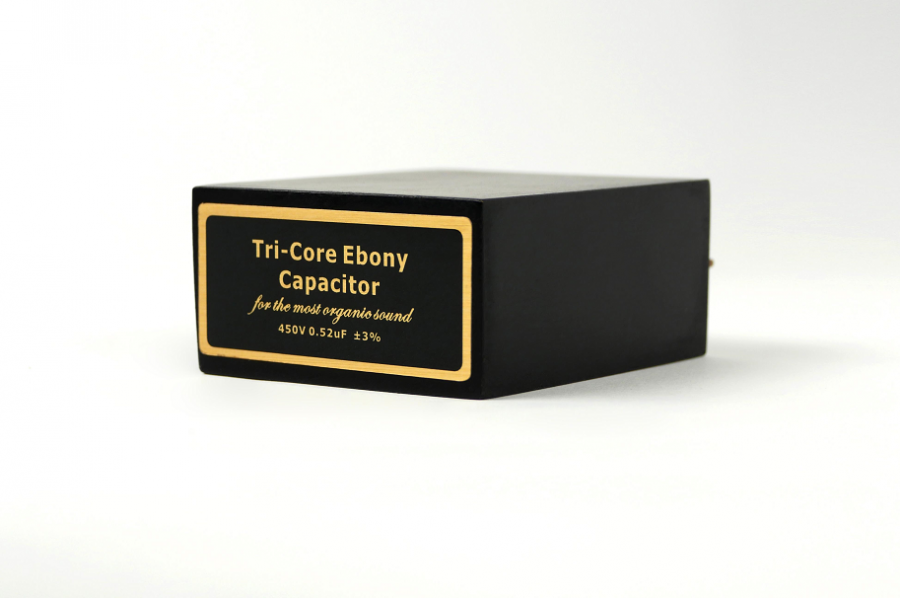cheungtsw
100+ Head-Fier
- Joined
- Mar 10, 2012
- Posts
- 126
- Likes
- 8
USB is in the AMR/iFi DNA - part #7
Over a decade of development
And on the analogue side, things were equally far-reaching, the two most significant were:
- AMR Tri-Core Silver capacitor
- General Electric 5670 NOS valve
Each and every capacitor will have a small range of frequency in which it operates optimally. Different frequency ranges require different capacitors for the best performance. What differentiates the AMR Tri-Core Silver capacitor, is that there are three capacitors inside to cover treble/mid/bass which along with the silver wiring, makes its coverage and transparency as close to the ‘no capacitor’ principle as it gets.
- AMR Tri-Core Silver capacitors
The upper frequency range is covered by a silver leaf capacitor. The mid-range is covered by a film & foil capacitor and the lower frequencies are covered by a metalised polypropylene capacitor. They all work within their most optimal frequency range by sharing the load intelligently. Finally, all of the elements are cast in a natural ebony wood body in a special resin for nil microphonics and a natural, organic tonality that is quite stunning.
The 6922 tube family is ubiquitous. It is the mainstay of nearly every tubed product out there. With AMR’s in-depth tube knowledge, we have upped the ante and focused on the GE5670 as a replacement for the venerable 6922. The GE5670/2C51/WE396A/6N3 traces its roots back to its original design as the premium version of the 6922. Compared to its 6922 cousin, among other features, the 5670 has improved warm-up, grid current, noise and microphonic tolerances. There is no comparison.
- General Electric 5670 NOS valve `Z`

With these features, it comes as no surprise that the GE5670 is sonically head and shoulders above the 6922 family. Despite the same physical 9-pin setup, the electrical configuration is different, hence the 5670 family requires a specialist adapter which AMR developed from the ground-up, commissioning a specialist mould for the GE5670.

We are so impressed by the GE5670 that we have scoured the globe and, along with the TDA1541A, we have been steadily amassing an inventory of the GE5670.
Here is a picture!

Btw, your website is down more than 2 days.










































